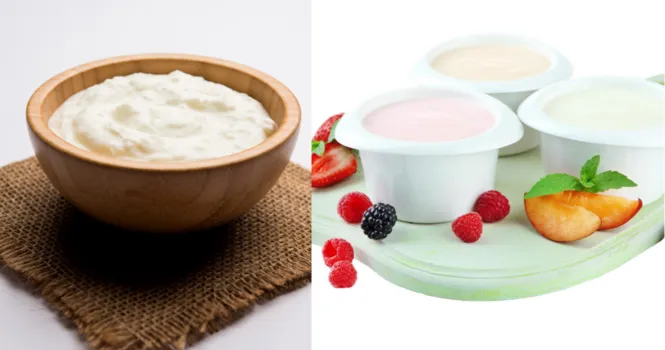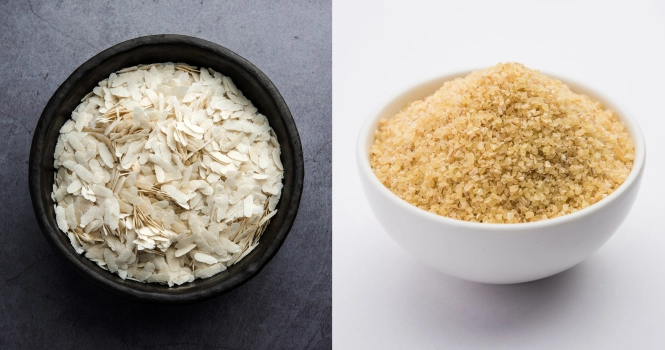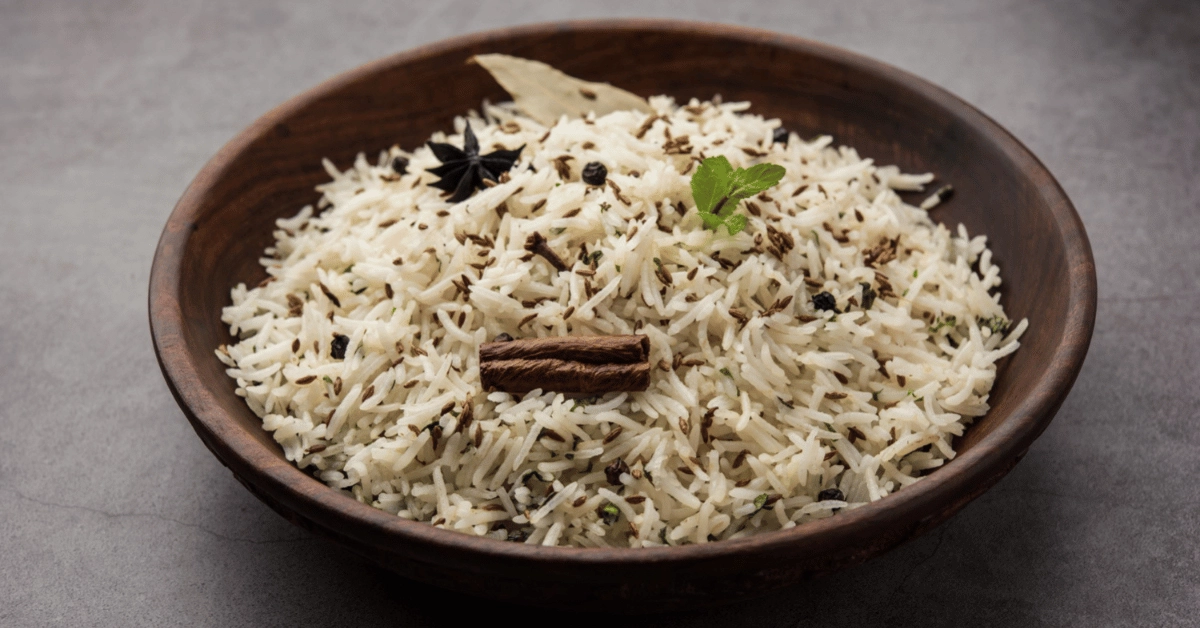Understanding the Difference Between Curd and Yogurt

Curd and yogurt are both dairy products that are often used interchangeably in various culinary contexts, but they have distinct differences in terms of preparation, texture, taste, and nutritional profile.
Preparation
- Curd: Traditionally made by curdling milk with an acidic agent like lemon juice or vinegar. The process involves adding the acid to warm milk, which causes the milk to separate into curds (solid) and whey (liquid). In India and some other parts of the world, the term “curd” is also used to describe what is essentially yogurt.
- Yogurt: Produced by fermenting milk with specific strains of bacteria, usually Lactobacillus bulgaricus and Streptococcus thermophilus. The fermentation process converts the lactose in milk into lactic acid, which acts on milk protein to give yogurt its texture and tangy flavor.
Texture
- Curd: The texture can vary from creamy to lumpy, depending on the method of preparation and the amount of whey that is drained off.
- Yogurt: Generally has a consistent, smooth, and creamy texture due to the fermentation process and commercial standardization.
Taste
- Curd: The taste of curd can vary widely based on the type of milk used and the acidity introduced. It can range from mildly tangy to quite sour.
- Yogurt: Yogurt typically has a tangy, slightly acidic taste, which can be moderated by adding sweeteners, fruit, or flavorings.
Nutritional Profile
- Curd: Nutritionally rich, containing protein, calcium, magnesium, and other essential nutrients. The specific nutritional content can vary based on the milk used.
- Yogurt: Also nutritionally dense, yogurt is particularly noted for its probiotic content due to the live cultures used in its fermentation, contributing to digestive health and the immune system.
Health Benefits
- Curd: Offers basic nutritional benefits of dairy, including protein and calcium. When set at home with live cultures, it can also contain probiotics.
- Yogurt: Known for its probiotic benefits, yogurt supports gut health and can aid in digestion and strengthening the immune system.
Usage
- Curd: Widely used in Indian cuisine, both as a standalone dish and as an ingredient in drinks (like lassi), marinades, and desserts.
- Yogurt: Used globally in various cuisines, from Greek tzatziki to Middle Eastern labneh, and in numerous sweet and savory dishes.
While curd and yogurt are similar in many ways, these differences highlight their unique characteristics, making them suitable for a variety of dietary and culinary applications.
Frequently Asked Questions
Are yogurt and curd the same?
Yogurt and curd are similar dairy products but they are not the same. Yogurt is made by fermenting milk with specific bacteria strains, resulting in a creamy texture and tangy flavor. Curd is made by curdling milk with an acidic substance, leading to a wider variation in texture and taste.
What is yogurt called in India?
In India, the term “curd” is commonly used to refer to what is essentially yogurt in the Western context. The process involves fermenting boiled milk with a small amount of curd from a previous batch, similar to how yogurt is made with starter cultures.
Can I replace curd with yogurt?
Yes, in most culinary contexts, curd and yogurt can be substituted for each other. However, the slight differences in texture and acidity might affect the final outcome of the dish, so adjustments may be needed based on personal taste preferences.
Is yogurt and curd the same for weight loss?
Both yogurt and curd can be part of a weight loss diet due to their high protein content and probiotics, which can aid digestion and metabolism. The key is to choose low-fat or non-fat versions and be mindful of added sugars in flavored yogurts.
Can I make yogurt at home?
Yes, you can make yogurt at home by heating milk, cooling it to lukewarm, and then adding a small amount of existing yogurt with live cultures as a starter. The mixture is then kept in a warm place to ferment for several hours until it thickens.
Why is it called yogurt?
The term “yogurt” comes from the Turkish word “yoğurt,” which is derived from the verb “yoğurmak,” meaning “to blend” – a reference to the process of mixing the milk with the starter culture to produce yogurt.
The origins of yogurt are believed to be in Mesopotamia around 5000 BC, and the term has been adopted into many languages with slight variations.












